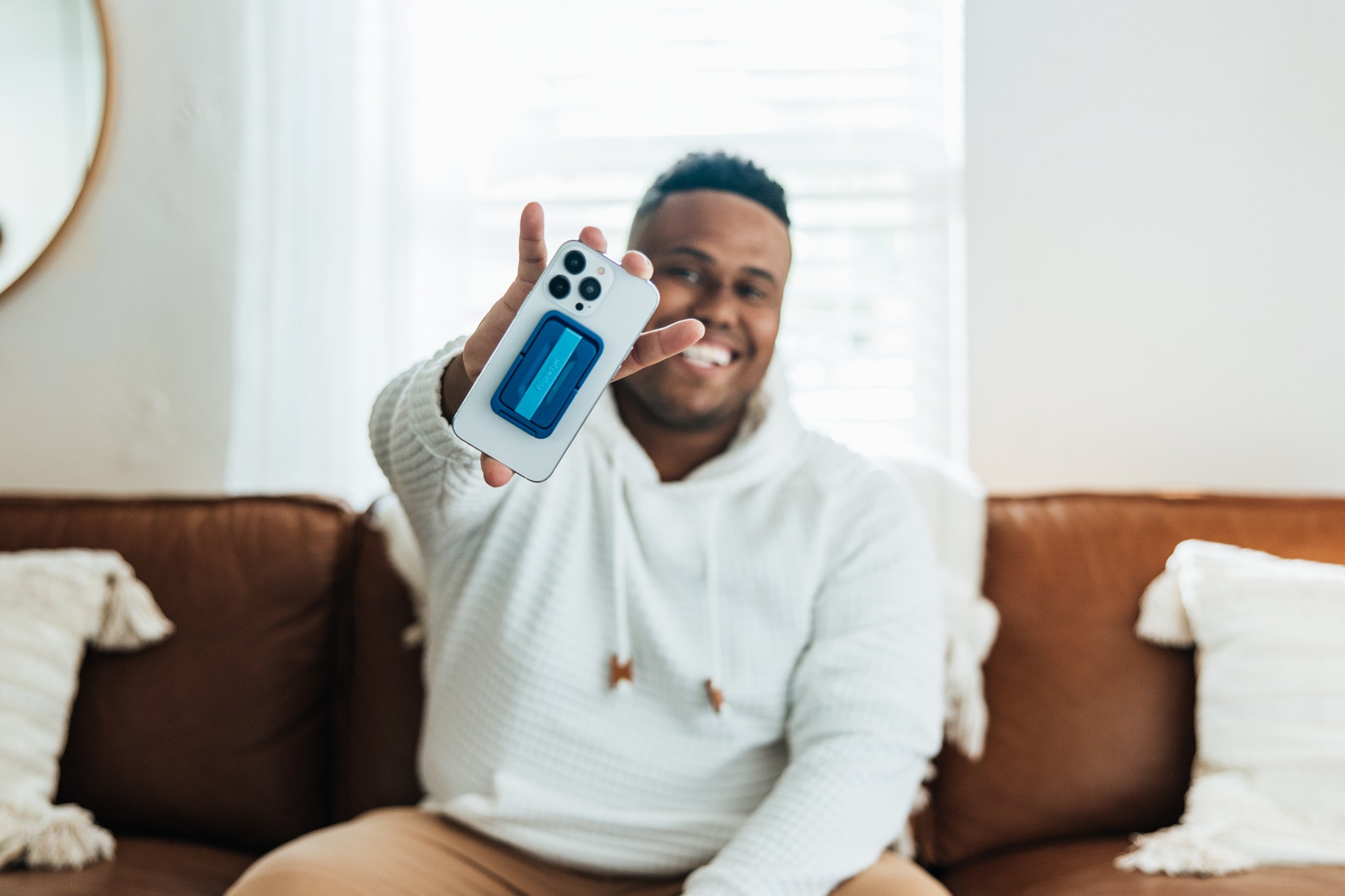2 min read
Preparations for Next Moonwalk Simulations Underway (and Underwater)
When it comes to innovative technologies, inventors often find inspiration in the most unexpected places. A former salesman, Akeem Shannon, was inspired by his uncle, who worked as an engineer at NASA’s Marshall Space Flight Center in Huntsville, Alabama, to research the agency’s published technologies. He came across a sticky NASA invention that would help him launch his breakout product.
In the early 2010s, a team of roboticists at NASA’s Jet Propulsion Laboratory in Southern California were exploring methods to enhance robots’ gripping capabilities. They came across the Van Der Waals force – a weak electrostatic bond that forms at the molecular level when points on two surfaces make contact. This is the same force that geckos use to climb along walls.
The microscopic hairs on gecko toe pads are called setae, which gives the technology the nickname of “synthetic setae.” While Shannon couldn’t use this NASA technology to hang a TV on a wall, he saw a way to mount a much smaller screen – a cellphone.
A synthetic setae attachment on a cellphone case could stick to most surfaces, such as mirrors or the back of airplane seats. With a product design in hand, Shannon founded St. Louis-based Flipstik Inc. in 2018. Shannon wanted to make a reliable product that could be used multiple times in various situations. He said the published NASA research, which describes methods of molding and casting the tiny hairs to be more durable, was indispensable to making his product portable and reusable.
Flipstik has made an impact on the mobile device industry. In addition to people using it to mount their phones to watch videos, it has become popular among content creators to capture camera angles. Flipstik also allows deaf users to keep their hands free, enabling them to make video calls in sign language. From geckos to NASA research, Shannon’s innovation is a reminder that inspiration can come from anywhere.






Leave a Reply
You must be logged in to post a comment.